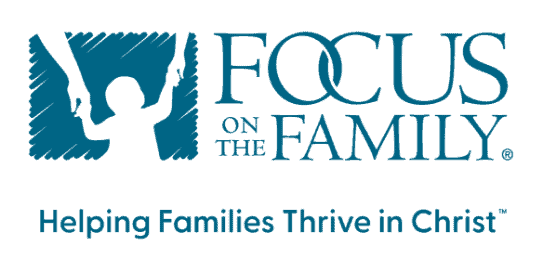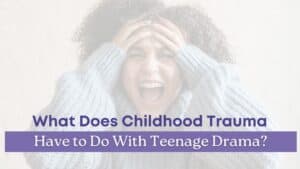1. Children are in foster care because of their own juvenile delinquency.
Across this nation, state and local governments intervene in the lives of families to protect children who are at risk of harm or are victims of abuse or neglect. These kids aren’t placed in foster care to punish them, but to protect them. Foster care provides a safe and stable living environment for these children while services are engaged to reunite the child with his or her birth family.
The No. 1 goal of child protection is safe reunification. If that plan fails, government strives to recruit permanent families to be resources for the children. Indeed, thousands of children are available for adoption each year. (Thousands of other children each year age out of foster care, often to homelessness and an uncertain future.)
If these children aren’t adopted, they will one day exit the system with no safety net to catch them. Having a family is vital to a child’s success and provides a support system for them in their journey to young adulthood.
2. Older children in foster care don’t want to be adopted.
Teens absolutely desire the love of a mother and father, as well as the structure that comes with being a part of a family. They want more than a place to live; they want a place to belong, a place to come home to as they grow into adulthood.
It’s true that children who’ve been in the foster care system for an extended amount of time tend to embrace self-sufficiency. But what’s hidden in their hearts is a desire to be coached, loved, discipled and cared for without judgment or the pressure to be perfect. Having a caring, permanent family provides an environment of safety for every child to grow and thrive.
3. Children don’t actually need married parents.
Families are uniquely created by God to meet the needs of children. When you ask kids why they want a mother and a father, children in foster care will often say, “I want what my friends have … a mommy and a daddy.” The Bible says, “God sets the lonely in families” (Psalm 68:6, NIV).
Married couples are more likely to be in a devoted relationship that provides financial, emotional and physical stability. You don’t need to be wealthy, have parenting experience, own your home or be a stay-at-home parent. What do you need? You do need to be your child’s advocate, be flexible, have a sense of humor and be resourceful.
Parenting requires communication (and lots of it) with your spouse, with your child, with teachers, coaches, neighbors, school bus drivers, etc. Parenting is like marriage – it’s a lifelong commitment. There will be days that are filled with highs and lows, but overall, these kids are worth it.
4. Adoptive parents need to be young (under 50 years old).
Our capacity to parent a child isn’t limited by a chronological number. We are shaped by all of our life experiences, and that includes our ability to care for children. After all, the willingness to welcome a child home and provide a safe, loving and nurturing environment is what makes someone a good candidate for parenting.
5. A child’s biological parent can nullify my adoption.
Once a court has terminated their parental rights, birth parents have permanently lost their claim on a child. After the appeal process is complete (this varies by state), children are legally available for adoption. Once a final decree of an adoption is entered by the court, it gives an adoptive family full legal authority of the child as if they had physically given birth to that child.
6. Foster care adoption is expensive.
Foster care adoption is the least expensive option compared to all other types of adoption. Foster care adoption costs can range from virtually nothing up to $2,500 per child. States require that prospective adoptive families have documentation concerning their financial stability (tax returns, etc.), and financial assistance may be available through your state adoption office and is provided based on the needs of the child. Families are encouraged to speak with their employers and tax consultants concerning available adoption benefits.















